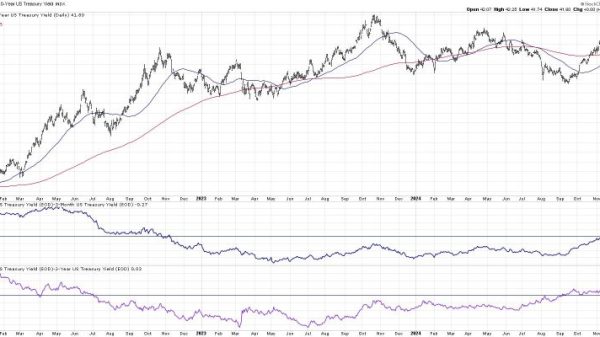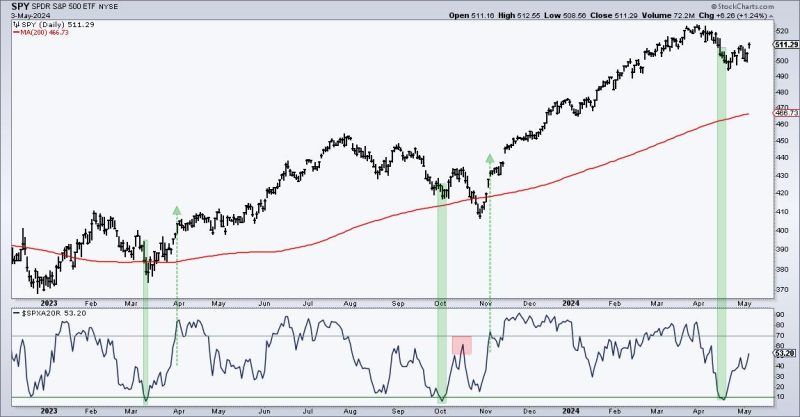In the volatile world of finance, terms such as dead cat bounce and bounce with legs are used to describe market movements that can be perplexing to the average investor. Understanding these concepts is crucial for anyone looking to navigate the ups and downs of the stock market with confidence. Let’s delve into the differences between a dead cat bounce and a bounce with legs, and explore how investors can spot the distinction.
A dead cat bounce is a term used to describe a temporary recovery in the price of an asset following a significant decline. The analogy comes from the idea that even a dead cat will bounce if dropped from a great height. In the context of the stock market, a dead cat bounce suggests that the bounce is short-lived and does not signal a genuine recovery. Instead, it is seen as a brief pause in a downward trend before the asset continues to decline further.
On the other hand, a bounce with legs refers to a more sustainable recovery in asset prices. Unlike a dead cat bounce, a bounce with legs signals that the underlying fundamentals of the asset have improved, and the uptrend is likely to continue for a more extended period. Investors often see this type of bounce as a buying opportunity, as they anticipate that the asset will continue to appreciate in value.
Spotting the difference between a dead cat bounce and a bounce with legs can be challenging, but there are several indicators that investors can look for to make informed decisions. One key factor to consider is the trading volume during the bounce. In a dead cat bounce, trading volume tends to be low, indicating that the bounce lacks conviction. In contrast, a bounce with legs is typically accompanied by higher trading volume, suggesting strong investor interest and support.
Another critical factor to examine is the strength of the supporting trendlines. In a dead cat bounce, the bounce may fail to break through key resistance levels, leading to a swift reversal back to lower prices. In contrast, a bounce with legs will often show steady progress in breaking through resistance levels, indicating a sustained uptrend.
Additionally, investors should analyze the overall market sentiment and external factors that could impact the asset’s price movement. A dead cat bounce may occur in a bearish market environment where negative news continues to weigh on investor confidence. In contrast, a bounce with legs is more likely to occur in a bullish market where positive developments support the asset’s price.
In conclusion, understanding the difference between a dead cat bounce and a bounce with legs is vital for investors seeking to make informed decisions in the stock market. By analyzing key indicators such as trading volume, trendlines, and market sentiment, investors can better assess the sustainability of a bounce and act accordingly. Whether navigating a volatile market or seizing an opportunity for growth, being able to differentiate between these two types of bounces can help investors stay ahead of the curve and achieve their financial goals.


























